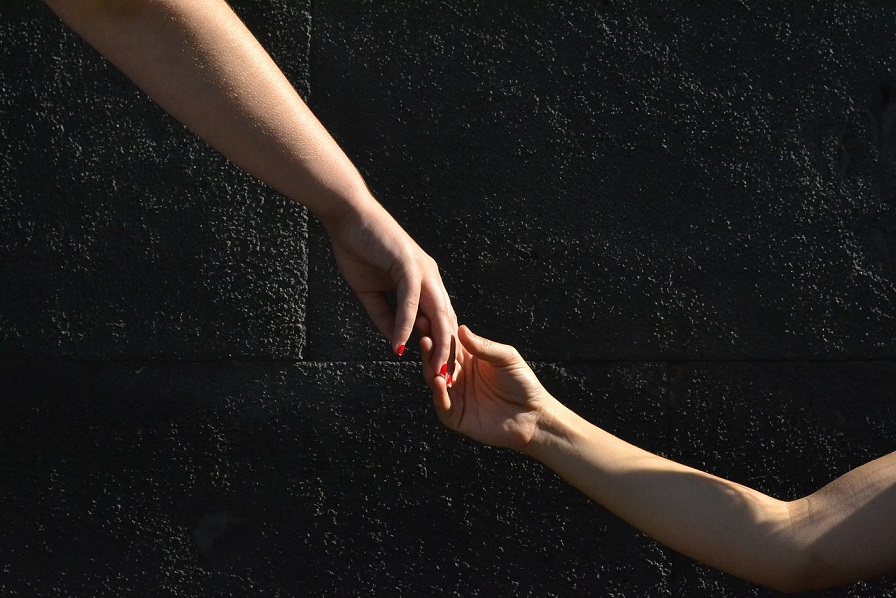An ancient teacher and rabbi taught both obedient love, and that his commands were not burdensome. Indeed, that his commands had exactly the reverse effect―they lightened the burdens of the heavy-laden!
 Nigel Pocock
Nigel Pocock
How can this be? For this rabbi demanded absolute obedience and unselfish love (agape) towards both himself and others (philia, community and relationships). How could it be that absolute obedience could lead to burdens being lifted, especially those truly heavy burdens of life?
This does depend on unwavering commitment, the rabbi taught―without this, the plant will wither and die.
In his notable book, “Defining love”, Thomas Jay Oord refers to research (based on narratives) of people committed to unselfish love.
What is it that enables and facilitates this love, and its moral character? Oord cites work by developmental psychologists Anne Colby and William Damon, that it was a steadfast commitment which facilitates “progressive uniting of self and morality… [they] come to see morality and self inextricably intertwined”.
 Moral obligation, self-identity and moral identity are very nearly fused together. Beyond this, such people also believed in something bigger and beyond themselves―something above and beyond the self.
Moral obligation, self-identity and moral identity are very nearly fused together. Beyond this, such people also believed in something bigger and beyond themselves―something above and beyond the self.
In a current BBC2 programme (Pilgrimage through Portugal) seven modern- day pilgrims undertake a walk to Fatima, a distance of over 300 km.
They all have some kind of belief beyond themselves, and only one is a Catholic. Others are Jewish, Pentecostal, Muslim. Except for one, who says she has no beliefs beyond herself. But she admires and longs for the ‘passion’ that the others have.
They all have something that she has not. This passion for something ‘bigger’ clearly acts as a ‘glue’ joining all the cognitive and neurological “systems of action and reflection”, thus releasing a life built unselfish love.
This narrative approach, based on stories, is obviously less precise than clinical laboratory experiments.
 However, it is consistent with what is known of brain development, and the patterns of neuronal connections that are established over years of regular activation―this is what makes for the development and establishment of ‘character’―good, as well as evil.
However, it is consistent with what is known of brain development, and the patterns of neuronal connections that are established over years of regular activation―this is what makes for the development and establishment of ‘character’―good, as well as evil.
This also makes sense of the rabbi’s appeal for committed obedience. Only in this way, can morality turn into an established ‘character’.
The paradox lies in the fact that as a moral concept bigger than the self emerges, the self becomes of less and less concern, and with this diminishing self-concern, so the burdens also become less. This rabbi taught that his ‘yoke was easy and his burden was light’, and in commitment to him, so burdens would also become light. But it is only through complete commitment that this is possible. Is this a form of tyranny? Yes, if abusive leadership is its style. No, if the ideal is seeking the good of others. All others. Even enemies. For he taught that he had come as servant, not to be served, and make people his slaves. Rather the absolute opposite was required.

As a later disciple once taught: ‘love does not insist on its own way’, and that he ‘gave himself as a servant’. As the rabbi said: ‘My commands are not burdensome’.
Let us, therefore, endeavour to love unselfishly, to commit to serve others in community and invest in relationships. For this is truly the life made free, where the focus is less on self, but on an unselfish morality that is bigger and outside us! This is the paradox of the higher power that it came to serve, not to be served. Not to place burdens that are heavy to bear, but to remove them.
(Photos: Pixabay)












.jpg)












